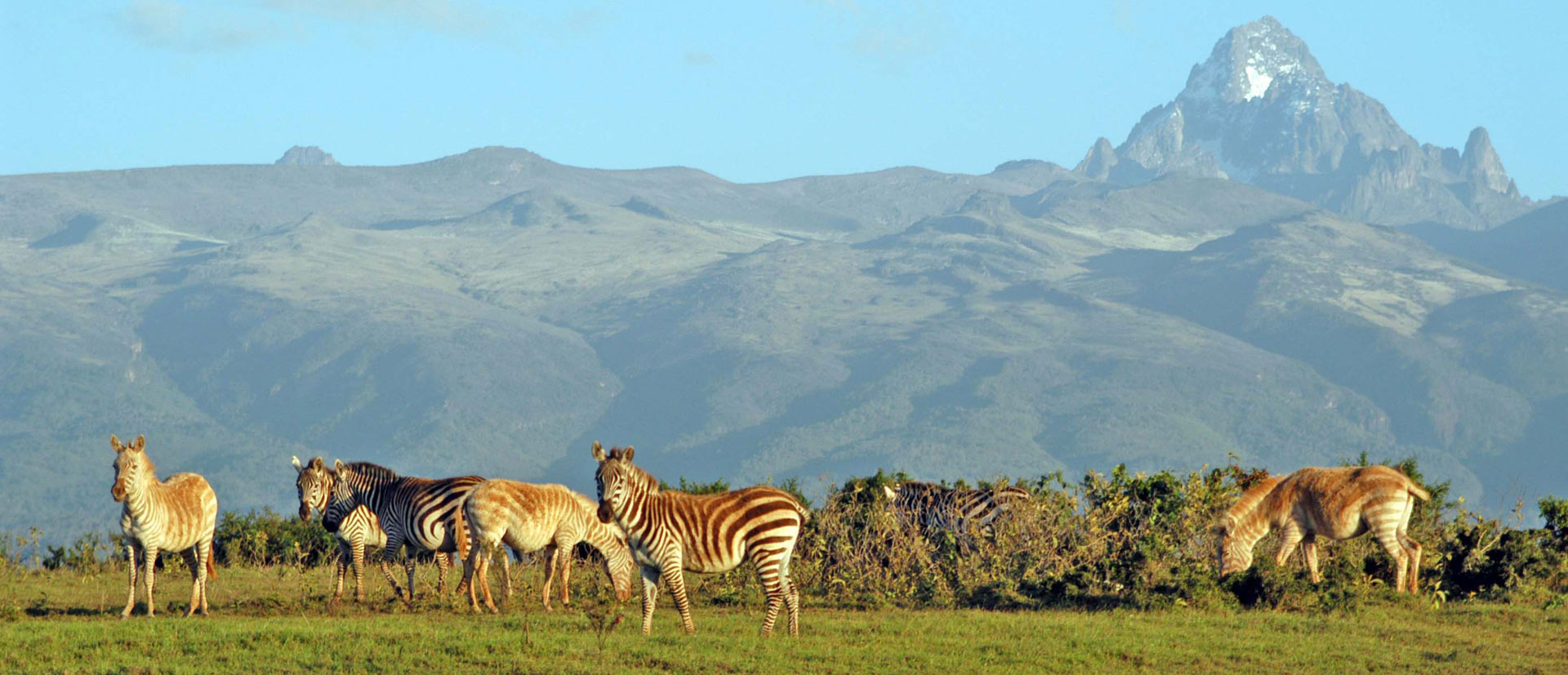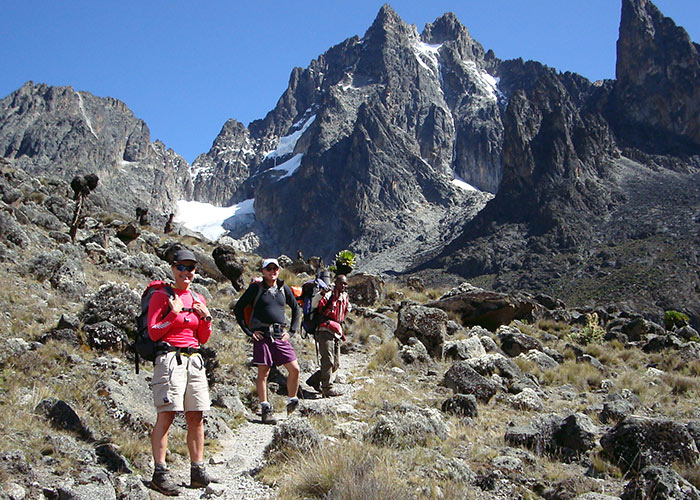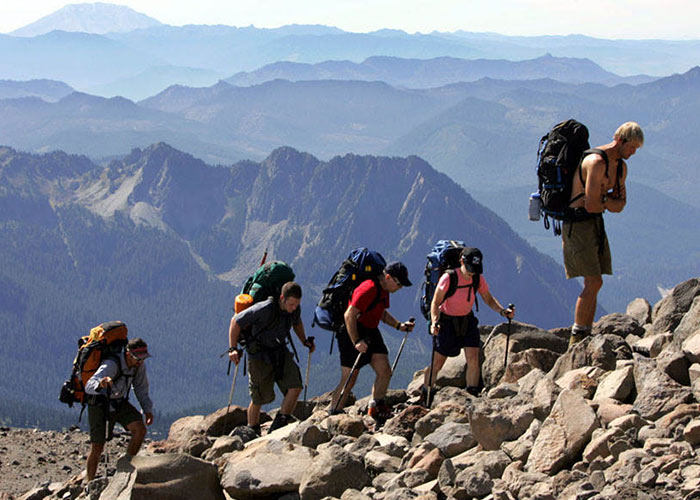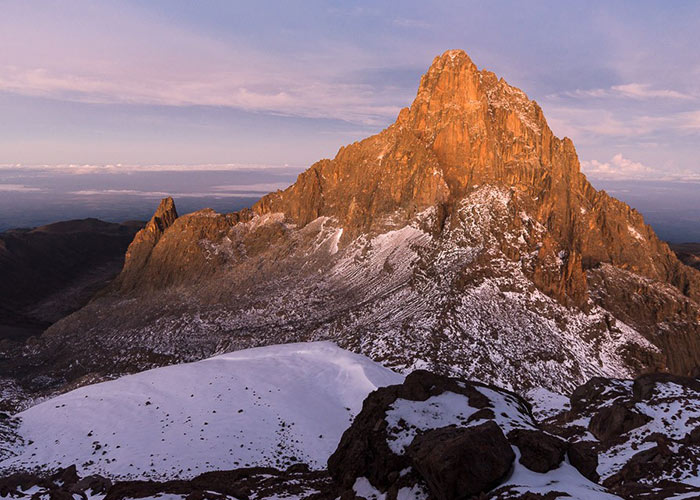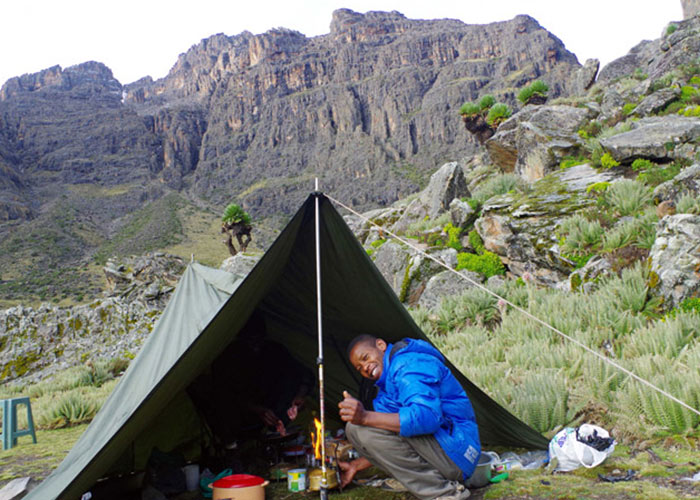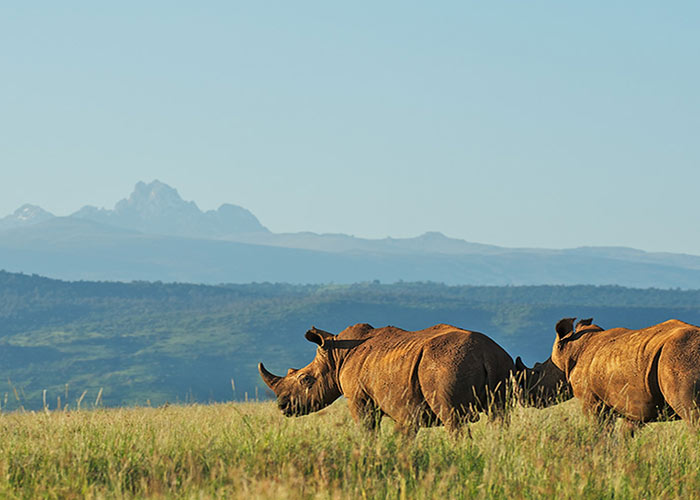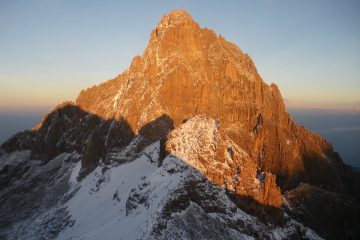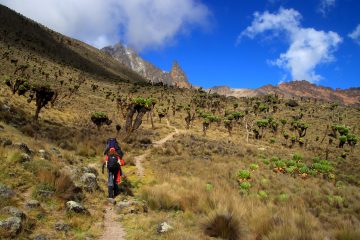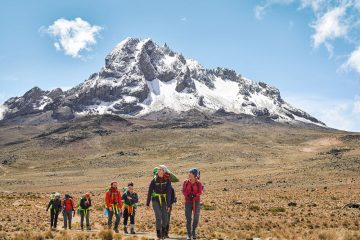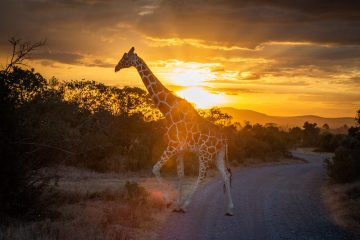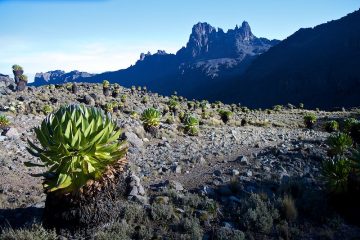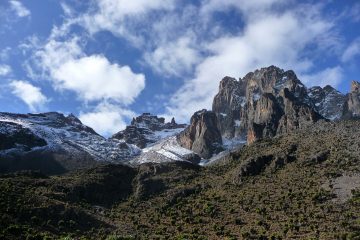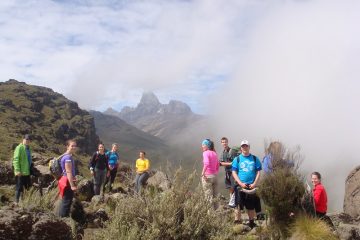A variety of flora and fauna species can be found on Mount Kenya, Africa’s second highest peak, rising to 5,199 meters. The natural beauty that surrounds this UNESCO World Heritage Site is breathtaking. It’s a pristine wilderness with lakes, tarns, glaciers, deep woodland, mineral springs, uncommon and endangered animal species, high-altitude adapted plains wildlife, and distinctive montane and alpine plants. The craggy glacier-clad summits of the mountain provide the perfect backdrop for mountain climbing, camping, and caving.
Wildlife
On Mt. Kenya, wild animals seldom come into touch with humans, and most species are rarely observed due to the deep vegetation. They, especially cape buffalo and elephants, may attack if surprised or provoked. While trekking through the forest zones, talking, clapping regularly, or producing a ‘hooting’ sound alerts animals that you are coming, and they should move away. If the animal does not walk away, do not approach it or continue on the route. Consider taking a detour away from elephants and buffalo. Feeding wild animals, such as monkeys, hyraxes, and birds, interrupts their normal behavior. If the animal is violent, you may be attacked, so be cautious and leave the wildlife alone. Breaking twigs or branches is not recommended; instead, permit flowers to bloom where they are found since this is where they are most attractive.
Flora ( Vegetation on Mount Kenya)
Many Mount Kenya plants, such as this Senecio keniodendron, must be carefully suited to the fluctuations in temperature.
Mount Kenya’s vegetation varies according to height, aspect, and exposure.
Plants must become more specialized as altitude rises, including adaptations to intense sunshine with UV radiation, lower mean temperatures, and cold night temperatures.
Plants in the Afro-alpine zone have found solutions to handle these challenges in a variety of ways. The enormous rosette, which is demonstrated by giant senecio, giant lobelia, and giant thistle (Carduus), uses bud leaves to protect their buds from freezing, is one such adaptation. Single-aged stands of giant rosette senecios dictate community formation across decades.
Many plant species found in Mount Kenya’s Afro-alpine zone are gigantic counterparts of their lowland (or temperate) relatives. Plants shrink in size when they get closer to the alpine zone.
Related: Vegetation and plants of Mount Kilimanjaro
Fauna ( Animals & Birds of Mount Kenya)
Safari ants swarm in enormous columns throughout the rainforest region of Mount Kenya. When they cross the tracks, they are the easiest to spot.
Most of the animals dwell on Mount Kenya’s lower slopes. There is more greenery here, and the climate is milder. The forest is home to a variety of monkeys, antelopes, tree hyrax, porcupines, and bigger creatures such as elephants and buffalo. Hyena, leopard, and lion are among the predators that may be found here.
At high altitudes on Mount Kenya, there are fewer animals. The Mount Kenya hyrax and the common duiker may dwell here, and they are crucial to the environment.
Snakes on Mount Kenya have not been reported, even spiders so do not be afraid.
Hyrax can withstand more harsh weather and may be found up to the highest elevations.
Smaller animals, such as the groove-toothed rat, can live here by burrowing into the gigantic senecios and insulating themselves with their thick stems of dead leaves. Tachyoryctes rex, the Mount Kenya mole-rat, lives in conspicuous mounds at high altitudes. The alpine zone is home to leopards.
Other mammal species are only seen on rare occasions. Elephant, monkey, and bongo remains have been discovered high in the alpine zone, and additional encounters are commemorated with names like Simba Tarn (simba means lion in Swahili).
Sunbirds, alpine chats, and starlings reside in the Afro-alpine zone, as do raptors such as augur buzzards, lammergeiers, and Verreaux’s eagles, the latter of which specialized in hunting hyraxes. Birds on the mountain are significant pollinators in this habitat.

